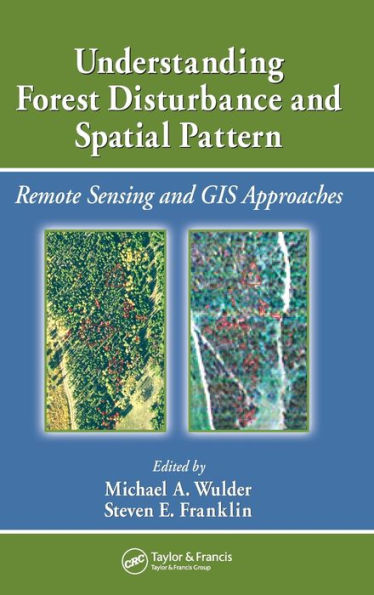5
1
9780849334252


Understanding Forest Disturbance and Spatial Pattern: Remote Sensing and GIS Approaches / Edition 1 available in Hardcover

Understanding Forest Disturbance and Spatial Pattern: Remote Sensing and GIS Approaches / Edition 1
- ISBN-10:
- 084933425X
- ISBN-13:
- 9780849334252
- Pub. Date:
- 07/27/2006
- Publisher:
- Taylor & Francis
- ISBN-10:
- 084933425X
- ISBN-13:
- 9780849334252
- Pub. Date:
- 07/27/2006
- Publisher:
- Taylor & Francis
200.0
In Stock

Product Details
| ISBN-13: | 9780849334252 |
|---|---|
| Publisher: | Taylor & Francis |
| Publication date: | 07/27/2006 |
| Pages: | 268 |
| Product dimensions: | 6.12(w) x 9.19(h) x (d) |
About the Author
From the B&N Reads Blog
